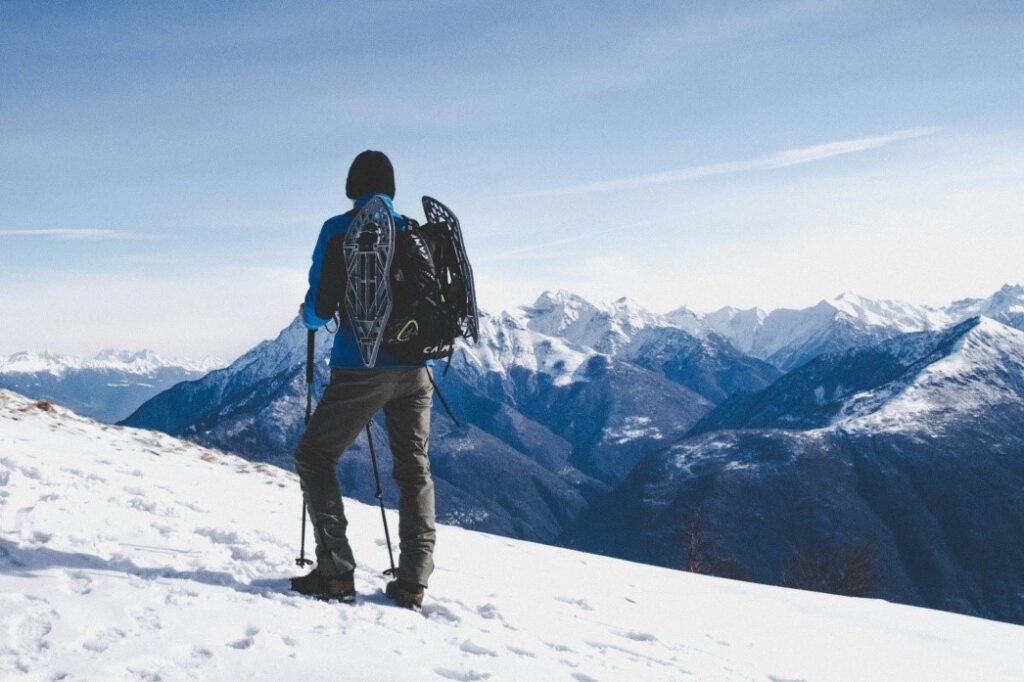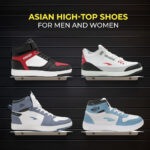India’s landscape, peppered with snow-capped mountains, verdant hills, dense forests, and arid deserts, is a trekker’s dream for sure. However, without the right trekking shoes, no man can hope to navigate or conquer challenging, unpredictable, or unforgiving terrains. And picking the perfect pair is not just dependent on the size and shape of your feet. You need to consider the terrain, climate, and the load you will carry as well. The more difficult the trek, the more functional, durable, comfortable, and supportive must be the shoes. This way, your footing will always be safe and sure.
Now, while there is no single answer to the question – which type of shoes are best for trekking – this guide covers the basic things to take into account during shopping.
How to Find the Best Trekking Shoes in India
Before zeroing in on the most suitable trekking shoes for men, you usually need to assess the different components, weight, waterproofing ability, and fit of a pair.
Weight
Heavy shoes are likely to sap your energy faster than lightweight counterparts on treks, especially if you intend to travel for hours or days or if the terrain is rugged, full of highs and lows, or exposed to harsh winds or strong sunlight. Trekking shoes that are light yet supportive, durable, and offer decent traction are ideal in such scenarios. On short or easy treks, the shoe weight might not always matter, but it depends on your personal taste, energy level, and physical resilience too.

Waterproofing Ability
The best trekking shoes in India are usually waterproof, so your feet can breathe and yet stay warm in wet or cold weather conditions. Wading through marshes or navigating puddles becomes easy with such shoes too. Waterproof trekking shoes dry up fast too, which helps you minimise the chances of developing fungal diseases.
Uppers
In men’s trekking shoes, uppers play a key role in determining durability, breathability, weight, and water resistance:
- Shoes crafted with full-grain leather aren’t just extremely durable, but also highly resistant to water and abrasions. Such footwear is not too light but suited for long trips, rough terrains, and heavy loads.
- Trekking shoes that combine split-grain leather and nylon are lighter and sufficiently breathable. They often feature waterproof liners but might not resist abrasions efficiently.
- Synthetic leather, polyester, and nylon make for shoes that are easy to break in, light, affordable, and dry quickly. However, such shoes might not last too long.
- Waterproof trekking shoes often come with water-repellent membranes to keep your feet dry when it’s wet outside. But check if the material might make your feet sweaty during hot or humid months.
- Trekking shoes designed for snowy or chilly conditions feature synthetic insulation generally for added warmth.
Midsoles
Usually made of ethylene vinyl acetate (EVA) or polyurethane, the midsole part protects your feet against shocks, offers cushioning, and decides the stiffness of trekking shoes. On uneven and rocky terrains, stiff pairs can lend much stability and comfort. Here’s what to remember:
- EVA is easy on the pocket, cushy, light, and available in different densities to provide varying support to the different parts of your feet.
- Polyurethane, on the other hand, is more durable, firmer, and apt for mountaineering or extensive backpacking.

Internal Support
Check the shanks in trekking shoes too, as these help the midsoles achieve load-bearing stiffness. Remember the following:
- Generally 3 to 5 mm in thickness, shanks lie between the midsole and outsole and can be of different lengths.
- Partially flexible and thin inserts called plates are inserted between the outsole and midsole of a trekking shoe to protect your feet against rocks and tree roots.
Outsoles
If you are not sure about which type of shoes are best for trekking, look at the outsoles closely. The best shoes have high-quality rubber soles and those meant for mountaineering or backpacking often incorporate carbon for extra hardness. Also, be mindful about these:
- Lugs are like bumps on the shoe’s outsole and offer traction or friction on different terrains. In mountaineering or backpacking pairs, the lugs are thicker and deeper than usual for better grip. If your trail is likely to be muddy, go for shoes with lugs that are widely spaced.
- Make sure the shoes offer the right amount of heel brake, so you don’t slip or slide on a steep descent.
Fit
Trekking shoes must fit you perfectly, so you don’t have to deal with pain, chafing, blisters, or bunions. The following tips can help you find the right pair:
- Measure both your feet’s length and width accurately and make sure there is a half-inch gap between the tip of your longest toe and the front of the shoe. Opt for a wide toe box that allows your feet to splay and toes to wiggle naturally.
- Wear the socks that you are planning to don on the trek when trying on the shoes. This will help you pick a pair that fits snugly.
- Since your feet aren’t exactly similar, buy shoes that are right for your bigger foot.
- Try out the trekking shoes later in the day as feet tend to swell with walking and other activities.
- After putting on the shoes, walk and jog around in them for a while, go up and down a staircase, and walk on an inclined surface. Ideally, carry a weighted backpack while doing the same. This will give you a realistic idea about how the shoes will work out during the actual trek.

Shop for the Best Trekking Shoes in India in an Informed Manner
Shopping for the right trekking shoes for men might seem like a daunting task initially, but if you follow this handy guide, it should be fuss-free. Just make sure to assess your personal needs and preferences, the difficulty level of the trek, the harshness of the terrain, the weather, your budget, and the different aspects of a shoe before making a choice. If you have problems like hammertoes, tendonitis, or bone spurs remember to consult a medical professional before finalising the footwear.
If you can’t wait to find the perfect trekking shoes, discover the premium offerings from Asian Footwears. For personalised advice or suggestions, feel free to contact our experts. We are easy to reach on +91 7561000092 or info@asianfootwears.com.


